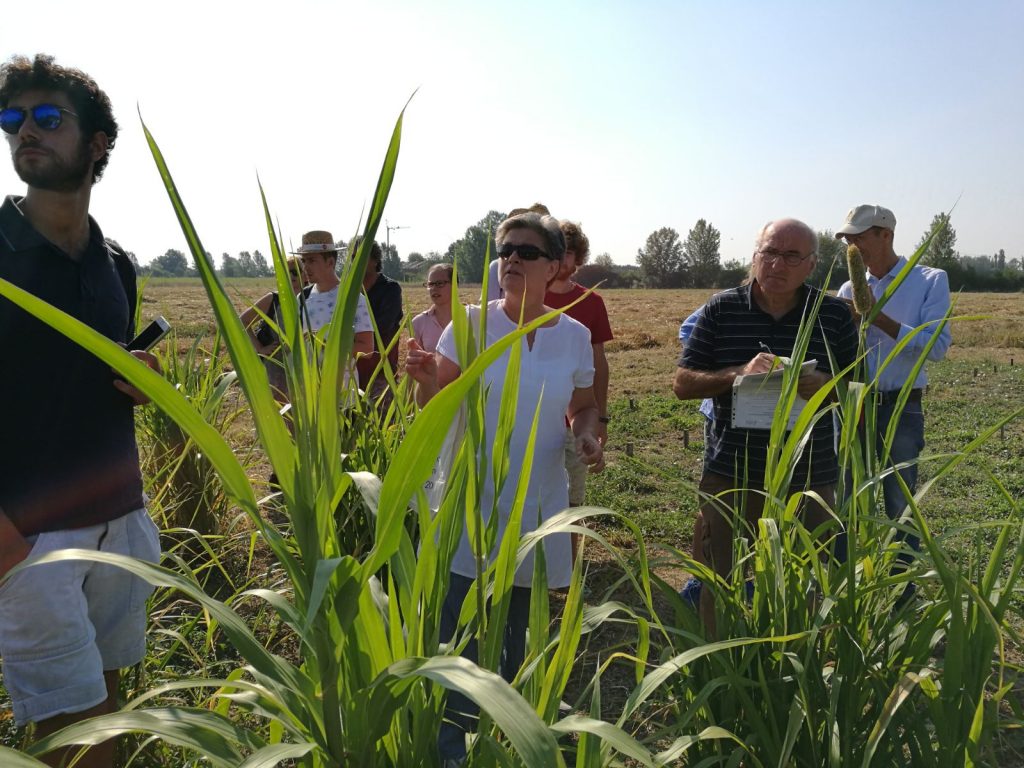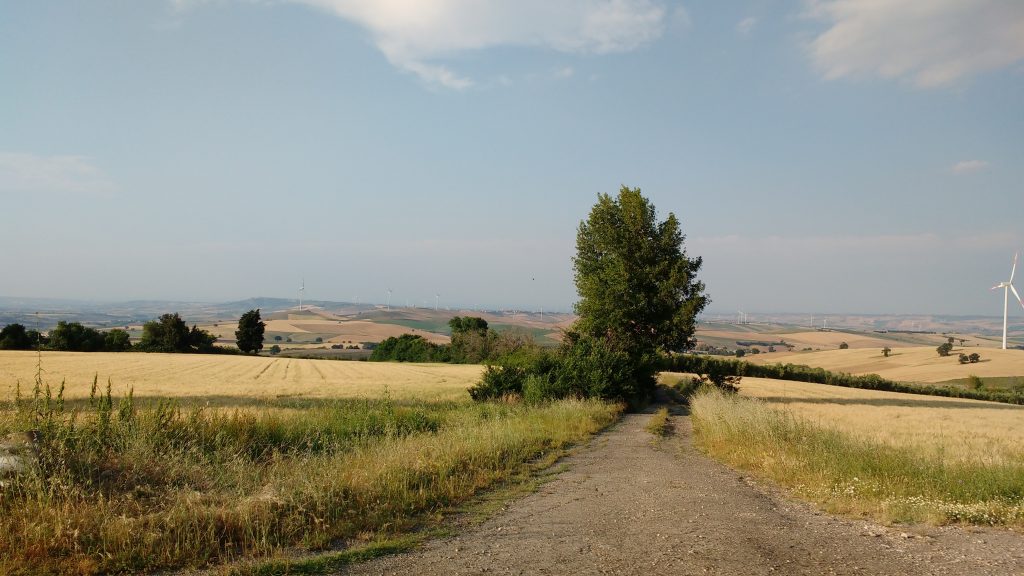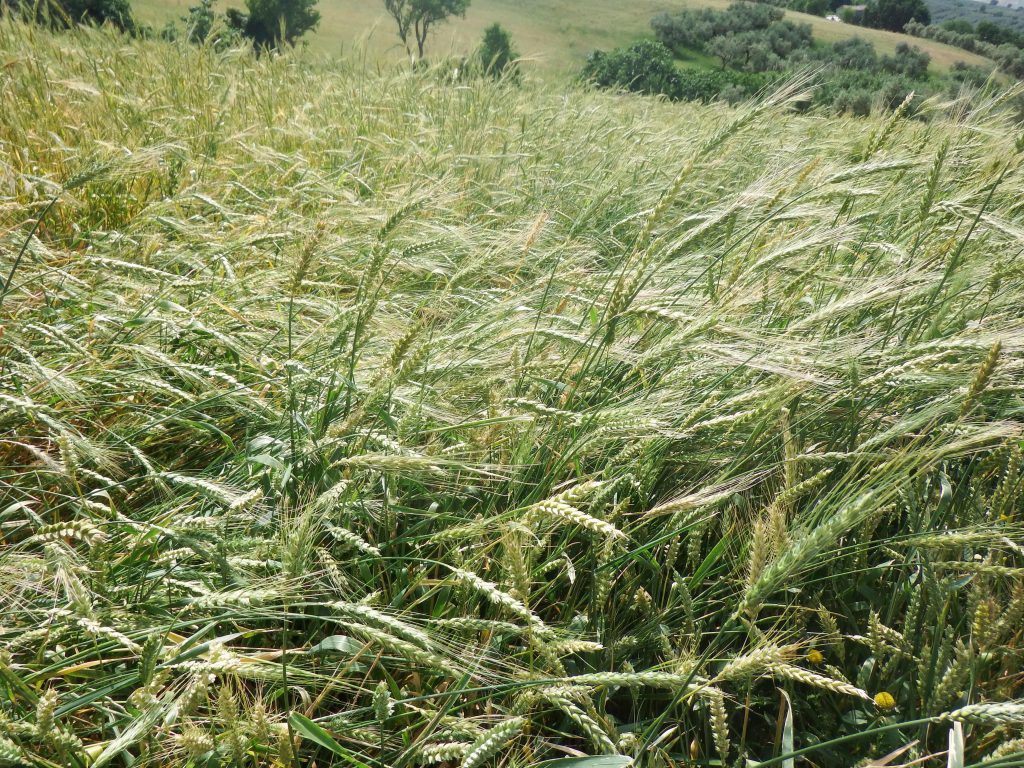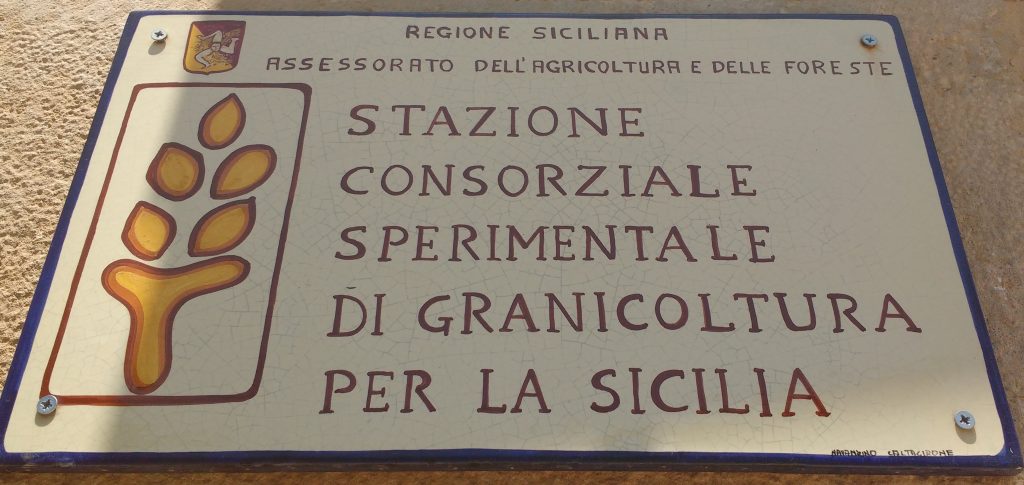
In 2017 Italy experienced one of the worst droughts on record: the Po river reached a record-low level of 3.5 m below its hydrological zero in the month of June. The Po river valley (pianura padana) stretches from the north-west region of Piemonte to center-east Emilia-Romagna. Arguably, it’s one of the most fertile regions in Europe, its intensive agriculture however, relies heavily on irrigation during the summer months. Since October 2016, no significant precipitations occurred over the region, leading to an increasing hydrological deficit, aggravated by the exceptionally high temperatures recorded in June. Continue reading “Drought-proofing crops in Italy: is millet the grain of the future?”




